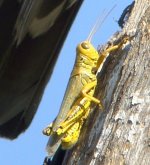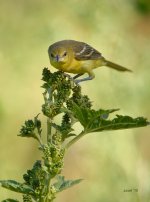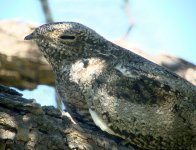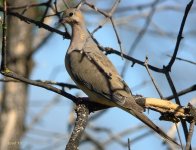I've used both but I'm starting this thread to see if there are any particular reasons why one should have a preference for using one over the other.
My first setup was a 20-60 zoom EP with a 1-3x camera. Other than a few experimental tries I ended up using the scope zoom set at 20x and always used the camera zoom to compose the image.
My present setup uses a fixed 21x eyepiece with again a 1-3x camera, specifically kowa 883 scope with an eyepiece designed for the 820 series and adapter to fit the 883. Camera is a sony w300 which I think works well with the fixed eyepiece providing no vignetting all the way through the zoom range. When I first started with this setup I found the 2-3x settings gave sharp results but 1-2X did not so I modified my adapter. My adapter now has a spacer which slides off to get sharp results at 1-2x zoom. Other than the spacer hassle I'm pretty pleased with the the results.
Generally my shooting range is 15-100' and once in a while I'd like to extend it but if I do it becomes an adapter issue. Because of extreme for shortening I don't know if its worth it.
Any direction or comments would be appreciated.
Joe
My first setup was a 20-60 zoom EP with a 1-3x camera. Other than a few experimental tries I ended up using the scope zoom set at 20x and always used the camera zoom to compose the image.
My present setup uses a fixed 21x eyepiece with again a 1-3x camera, specifically kowa 883 scope with an eyepiece designed for the 820 series and adapter to fit the 883. Camera is a sony w300 which I think works well with the fixed eyepiece providing no vignetting all the way through the zoom range. When I first started with this setup I found the 2-3x settings gave sharp results but 1-2X did not so I modified my adapter. My adapter now has a spacer which slides off to get sharp results at 1-2x zoom. Other than the spacer hassle I'm pretty pleased with the the results.
Generally my shooting range is 15-100' and once in a while I'd like to extend it but if I do it becomes an adapter issue. Because of extreme for shortening I don't know if its worth it.
Any direction or comments would be appreciated.
Joe









